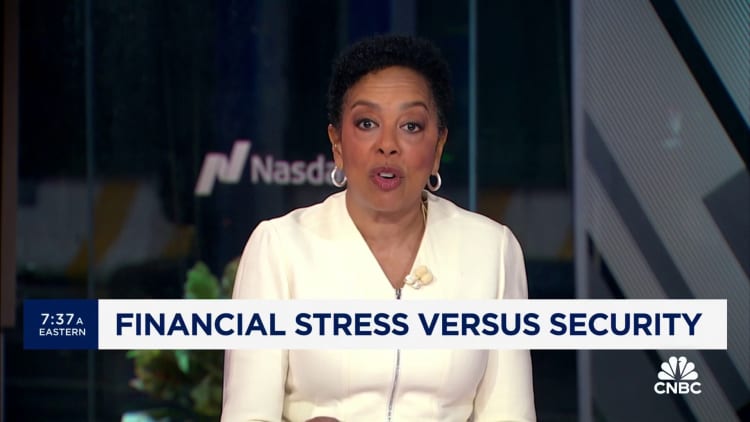[ad_1]
If you have more than $250,000 in deposits at a bank, you may want to check that all of your money is insured by the federal government.
The Federal Insurance Deposit Corporation, or FDIC, implemented new requirements for deposit insurance for trust accounts starting April 1.
While the FDIC’s move is intended to make insurance coverage rules for trust accounts simpler, it may push some depositors over FDIC limits, according to Ken Tumin, founder of DepositAccounts and senior industry analyst at LendingTree.
The FDIC is an independent government agency that was created by Congress following the Great Depression to help restore confidence in U.S. banks.
FDIC insurance generally covers $250,000 per depositor, per bank, in each account ownership category.
If you have $250,000 or less deposited in a bank, the new changes will not affect you.
How FDIC coverage of trust accounts has changed
Under the new rules, trust deposits are now limited to $1.25 million in FDIC coverage per trust owner per insured depository institution.
Each beneficiary of the trust may have a $250,000 insurance limit for up to five beneficiaries. However, if there are more than five beneficiaries, the FDIC coverage limit for the trust account remains $1.25 million.
“For those who do go above $1.25 million under the old system, they definitely should be aware that changed,” Tumin said.

That may cause coverage reductions for certain investments that were established before these changes. For example, investors with certificates of deposit that are over the coverage limit may be locked into their investment if they do not want to pay a penalty for an early withdrawal.
“If you’re in that kind of shoes, you have to work with the bank, because you might not be able to close the account or change the account until it matures,” Tumin said.
The FDIC is also now combining two kinds of trusts — revocable and irrevocable — into one category.
Consequently, investors with $250,000 in a revocable trust and $250,000 in an irrevocable trust at the same bank may have their FDIC coverage reduced from $500,000 to $250,000, according to Tumin.
“That has the potential of causing loss of coverage, too,” Tumin said.
The agency is also revising requirements for informal revocable trusts, also known as payable on death accounts. Previously, those accounts had to be titled with a phrase such as “payable on death,” to access trust coverage limits. Now, the FDIC will no longer have that requirement and instead just require bank records to identify beneficiaries to be considered informal trusts.
“The bank no longer has to have POD in the account title or in their records as long as the beneficiaries are listed somewhere in the bank records,” Tumin said.
To amplify FDIC coverage beyond $250,000, depositors have several other options in addition to trust accounts.
That includes opening accounts at multiple FDIC-insured banks; opening a joint account for two people, which would bring the total coverage to $500,000; or opening accounts with different ownership categories, such as a single account and joint account.
[ad_2]